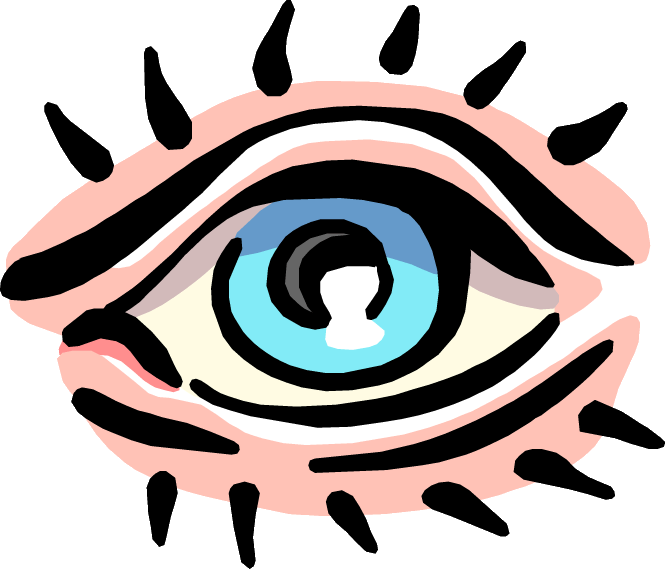|
Do You See What I
See?
Do You Hear What I Hear?
Teacher Page
Introduction
| Learners
| Standards
| Process
| Resources
| Evaluation
| Conclusion
| Credits
| Student
Page
The purpose of this lesson
is to assist students in identifying and applying the basic concepts of
light and sound waves. At the completion of this lesson, students
should have an understanding of the basic properties of light and sound
waves, including how waves behave as well as how to apply these
concepts to solve practical problems.
Introduction
| Learners
| Standards
| Process
| Resources
| Evaluation
| Conclusion
| Credits
| Student
Page
This lesson was developed to
support the Montgomery County Public Schools' 7th grade Science
"Light and Sound" Unit. The lesson involves some
language arts connections.
Before beginning this lesson
students will need to be familiar with the use of internet sources for
research purposes.
Introduction
| Learners
| Standards
| Process
| Resources
| Evaluation
| Conclusion
| Credits
| Student
Page
Maryland Learning
Outcomes Addressed: SCIENCE
5.7.14 Describe behaviors (i.e. reflection, refraction, and
absorption) and properties (i.e. wavelength, frequency, amplitude,
and velocity) of different types of waves.
5.7.17 Explain that white light is a mixture of many different
colors and that colored light is a mixture of some of these
colors.
5.7.18 Explain how the interaction of white light with an object
produces the perceived color of the object.
Introduction
| Learners
| Standards
| Process
| Resources
| Evaluation
| Conclusion
| Credits
| Student
Page
TEACHER TIPS:
Step 1: Assigning Roles
The "Audio Engineer" role is the most complex in terms of the
problem to solved and the application of scientific concepts. This role
might be designated for higher ability level students.
The roles of Lighting Specialist and Color Technician are of approximate
equal difficulty.
Steps 2 and 3- Research
It is optimal that each student be assigned his/her own computer in the
lab for research. If this is not possible, have students pair-up
with another student who has been assigned the same role in order to share
computer resources.
You can either have print copies of the "Printable Background
Questions" for students to write on or have students save their own
copy of the "Printable Background Questions" and type their
responses to these questions directly on the computer.
Continually remind students to record bibliographical information for each
site they visit.
Step 4: Discussion Groups
Encourage collaboration among students by building in time for students
with the same roles to meet to discuss possible solutions to the
problems.
Step 5: Writing the
Plan
Encourage students to use their peers as editors of their written plans
before final submission.
| Time-Line |
|
| Activity |
Time-Frame |
Location |
| Introduction to
Task |
35 minutes |
Classroom |
| Research and
Background Questions |
90 minutes |
Computer lab |
| Group Discussion
and Plan Outlines |
90 minutes |
Classroom |
Introduction
| Learners
| Standards
| Process
| Resources
| Evaluation
| Conclusion
| Credits
| Student
Page
 |
Class set of Prentice
Hall Sound and Light Textbook |
 |
Computer log-in
accounts/Internet Access for all students |
 |
Computer for each
student in the class |
 |
Appropriate Internet
Resources |
Internet Sites
| Website |
Description |
| Nature of Waves |
Examines waves in terms of how
they travel, energy they carry, and the types of waves involved in light
and sound. |
| Properties of Waves |
Examines the different types of
waves, as well as measurement of wave speed and frequency. |
| How Light Behaves as a
Wave |
Examines reflection and
refraction properties of light. |
| Color and Vision |
Examines properties of visible
light, as well as adding and subtracting colors. |
|
Using Lights to Mix Colors
|
Examines how to mix colored
lights to produce new shades of light. |
| The
Nature of a Sound Wave |
Examines the different types of
sound waves, as well as the components of a wave. |
| Sound
Properties and Their Perception |
Examines how to measure
properties of sounds, such as frequency and speed, as well as how the ear
responds to sound waves. |
| Behavior
of Sound Waves |
Examines reflection and
refraction properties of sound, as well as what happens when sounds
interfere with one another. |
Student
Handouts
Background
Questions
Introduction
| Learners
| Standards
| Process
| Resources
| Evaluation
| Conclusion
| Credits
| Student
Page
Each group's final plan will be
assessed using the
Grading Rubric provided. A discussion of the contents of this
rubric should take place at the beginning of the project so that students
are aware of the expectations for their final plans.
Introduction
| Learners
| Standards
| Process
| Resources
| Evaluation
| Conclusion
| Credits
| Student
Page
At the completion of this
lesson, students will have gained a great deal of knowledge about how
light and sound waves behave, as well as some real world applications
of these concepts. Students will have an understanding of how
reflection and refraction of waves can cause the waves to be
redirected. They will also understand how we see certain colors
and how to mix colored light to produce white light. The value of
using real world problems to learn these concepts will make them much
more memorable for students.
Introduction
| Learners
| Standards
| Process
| Resources
| Evaluation
| Conclusion
| Credits
| Student
Page
Images from: Microsoft
FrontPage Clip Art Gallery
Prentice Hall's Sound and Light, 2000 edition.
Special thanks to
Michelle Lipson and Stacy Dimmick for their guidance in the creation of
this webquest.
Introduction
| Learners
| Standards
| Process
| Resources
| Evaluation
| Conclusion
| Credits
| Student
Page

Carla Beasley
Julius West Middle School
Spring 2002
carla_beasley@fc.mcps.k12.md.us
Based
on a template from The
WebQuest Page
|




